
|
|
From the Editor - December 2022
Here in British Columbia on Canada’s usually Wet Coast we were kept waiting far longer than usual to finally see the first signs of the long-anticipated shift from scorching dry summer heat with associated drought, wildfires, poor air quality, etc., to the cooler but wetter Fall (or Autumn if you prefer) season. This transition finally showed signs of getting underway in late October and early November, just as Winter was approaching, but far later than usual - we missed out on Fall. My area experienced its first snowfall on November 6th, with the temperatures falling as the days became shorter. However, the precipitation was short-lived - much of November has remained far dryer than usual. We even continued to be plagued by wildfires past mid-November - an almost unheard-of situation. We now have a little snow, but not nearly enough, and I fear for our water supply in 2023……......... As we approach the end of 2022, the global situation has not improved - we continue to live in difficult and very worrying times. The ongoing Covid threat (which is not over, whatever government policies may suggest) coupled with those from new strains of influenza and Respiratory Syncytial Virus (RSV); the festering Ukraine situation; North Korea’s dangerous posturing; the inexplicably rising political influence of the far-right anarchist crowd; and the evolving climate Still, I suppose that all we can do is carry on as best we’re able, which is what I’m doing. It really does help to know that there’s still an ongoing interest in model engines among my valued readers - that’s what keeps me going! My statistics reporting system has continued to report far more rational (but still very encouraging) visitation figures than it was doing for a while. Confirmation that a significant number of folks are seeking an escape from all that ails us by remaining very much engaged with our hobby comes from the fact that the mail box has remained quite active. Despite the many distractions now preying upon us, I still heard from quite a few of you during November, including (in no particular order) Peter Valicek, Don Imrie, Dennis Merwood, Neil Sagewood, Gordon Beeby, Luis Petersen, Maris Dislers, Tahn Stowe, Dean Clarke, Tim Dannels, Alistair Bostrom, Dave Ellis, Ilya Leydman, Otto Mederle, Tomás Ryan, Ton van Munsteren, Goran Milosavljevic, Peter Wakefield, Hugh Blowers, Ingemar Larsson, John Goodall, Fernando González, Chris Coote, Miles Patience, Peter Rathke and Neill McRae. Apologies to anyone whom I may have inadvertently missed in the crowd, and apologies also to anyone whose message(s) went unanswered - things do slip through the cracks, especially when I’m distracted! The blog site has continued to justify its existence by contributing a small but steady flow of relevant traffic - thanks for that.
I understand that reprints of back issues will continue to be available, at least for a time. In addition, Tim’s legacy to all of us includes his indispensable “American Model Engine Encyclopedia” (AMEE), Volumes 1 and 2, as well as numerous other publications with which he was involved.
Now, after over 59 years in publication ECJ will be no more. Both MECA and the Society of Antique Modellers (SAM), which Tim’s efforts were also instrumental in founding, will continue, but the periodic arrival of ECJ in our mailboxes will cease. This leaves it down to me and other like-minded recorders of model engine history to carry the torch forward. For my part, I intend to do my best, although those shoes of Tim’s are far too big for me or anyone else to fill adequately. Thanks for the many years of great reading, Tim - we’ll miss your efforts! All the very best for your “retirement”!
Staying with the topic of updated articles, my valued Aussie friend and colleague Gordon Beeby was perusing my earlier article on the Dyne engines from early post-WW2 Britain and was struck by some anomalies in the identification of C. P. Dyne of London as the manufacturer of these engines. I found I’ve also taken advantage of the opportunity to add a full bench-test of the illustrated Dyne 3 cc Mk. 3 diesel following a rebuild by Jon Fletcher of Australia. Such a test was missing from my original text. The engine turned out to perform at a level which exceeded my expectations by some margin! Those interested in the Dyne range may wish to take another look at the amended article. A very welcome and quite unexpected surprise arrived out of the blue in my mailbox from Ilya Leydman of Australia in the form of a very nicely-executed diesel conversion of the Cox Medallion 15. Readers may recall Ilya’s name from his participation in the Elfin 149 replica saga which has been recounted elsewhere. He is perhaps best known for his instigation and marketing of the Zeus model engine range.
During the mid 1990’s, Ilya produced a small trial batch of dieselized Medallions, but did not proceed at that time to larger-scale manufacture. In 2003 he found himself with sufficient time on his hands to produce a run of around 50 examples of this engine, which he designated the Zeus CX-2.5D. The engine which he kindly sent to me is one of these units. Although the conversion is very competently done, Ilya advises that the engines were by no means high-performance units. Moreover, the structural demands imposed on the working parts by diesel operation turned out to stretch the capability of those components. The conrod’s ball-and-socket little end bearing proved to be particularly problematic. This being the case, I don’t plan to run the new example provided to me by Ilya, although I’m certain that it would start and run OK - Maris Dislers has seen a YouTube video of one of these units running just fine. I’m extremely grateful to Ilya for his kindness in providing me with this example - a fine conversation piece!
Dean will release three distinct versions of the Goblin. The first will be a faithful replica of the plain bearing original, albeit with a few internal design shortcomings of the original Reeves production addressed. There will also be a second slightly hotted-up version featuring a twin ball-race (TBR) crankshaft - perhaps the Goblin as it should have been released by Edward Reeves The Mk. II Ollie will be produced in three versions. The basic diesel model will be a replica of the original engine as produced by John Oliver, although the piston/liner is a redesigned version by Cre8tionworx for higher performance. The second model will be a special limited edition racing version, having a case machined from a solid billet along with a 12 mm crankshaft. The porting and timing will also be significantly different, being optimized for vintage T/R. The third variant will be a glow-plug version of the Mk. II Ollie. Dean’s standard of workmanship is nothing short of superb. Dean advises that he plans to limit production of the basic offerings to 100 units each. They will be sold on a first come, first served basis, and when they’re gone………..they’re gone! If interested, I’d advise making contact with Dean sooner rather than later!
The result of Otto’s return to engine building was the superb little 1 cc 4-stroke diesel which is pictured here. This little gem has bore and stroke dimensions of 11.5 mm and 10 mm respectively for a displacement of 1.04 cc. It features variable compression through the use of an eccentric main bearing - an old idea whose time has seemingly come again! Otto reports that the engine started within the first few flicks and ran flawlessly from the outset. It also throttled very well indeed. He found that a 7½x7 prop seemed to work best. The engine turned this prop at 9,500 rpm - pretty impressive for a 1 cc diesel! Interestingly enough, it appears to run best with a fuel consisting of 60% kerosene, 20% ether and 20% castor oil - an unusually low ether content with no ignition improver! Apart from the carburettor, which is a German-made AS component, Otto did all of the design and construction work himself, working in his own home shop. This included the sandcasting, machining, heat treatment, colour anodizing and blueing. I confess to being extremely impressed with Otto’s efforts on this one - Herzliche Glückwünsche, mein freund!!
Peter also sent along the attached image of a nice-looking side-port diesel which requires identification. I have a strong feeling that I’ve seen it before, but simply can’t put a name to it. Can any reader do better? Both of Peter’s submissions have been added to the “Wotizit” pages on this website.
Although LINA is published in Sweden, a good proportion of the content is presented in English, besides which the non-English content is readily translatable using readily-available translation software. The magazine is produced to a very high standard, with lots of high-quality colour illustrations, contest reports and interesting articles by very knowledgeable individuals from many countries. Even articles by Yours Truly appear in the pages of LINA from time to time - I’ve said many times that not all of my writing appears on this website! In fact, I have another one coming up in the next issue of the magazine!
I’d like to openly acknowledge my gratitude to Brian for providing us with this wonderful resource. Have a look, and if you have any tests which do not already appear there, Brian is always very keen to add to his already-impressive database! This month’s edition is appearing just as the festive season gets underway. That being the case, I’ve provided a little extra reading material to give you all a little more content than usual to mark the season. Call it a Christmas bonus if you like!
But wait - there’s even more!! I’ve also included an addition to my “Technical Topics” pages in the form of a rational and completely practical approach to the selection of an appropriate airscrew for a given model/motor combination, as well as a means of comparing the relative efficiencies of different props. I think that some of you at least may find it to be useful - hope so, anyway!
The McCoy “9” broke a significant number of design barriers for Dick McCoy. It was his first-ever crankshaft front rotary valve (FRV) design, also being the smallest-ever engine from any designer to feature a ringed light alloy piston. It subsequently became McCoy’s first-ever model to feature a lapped piston following an early design change. It served as the prototype for a long line of McCoy FRV sports engines which represented a complete departure from the racing-type models previously associated with the McCoy name. Finally, along the way it became the subject of one of Dick McCoy’s rare errors of judgement. All of this elevates the humble McCoy “9“ to the status of a particularly significant model to study. I think that you’ll find yourself enjoying it!
I think that about does it for this edition. All being well, I'll be back to you with another edition on or about January 1st, 2023 - the first one of the new year! Meanwhile, please accept my best wishes for continuing the process of learning to live with the various challenges which now beset us so as to get the best of what life still has to offer under present circumstances. Take care and stay well - keep yourself informed from credible sources and trust your own informed opinions rather than the fantasies of others whose focus is entirely on themselves, not on you. Ignore them and the misinformation that they spread, make up your own mind based on authoritative current information and act accordingly! It’s your future and that of your kids and grandkids .……….don’t let others having conflicting self-centred agendas decide it for you and for them! Cheers, Adrian Duncan British Columbia, Canada ___________________________________ Note regarding material to be found on this site - unless specifically otherwise noted, all images and text which appear on this site are my own work, and I hereby assert my right to be recognized as the originator of this material. For the record, this material is made freely available to all upon two firm conditions:
Adrian C. Duncan British Columbia, Canada |
| |
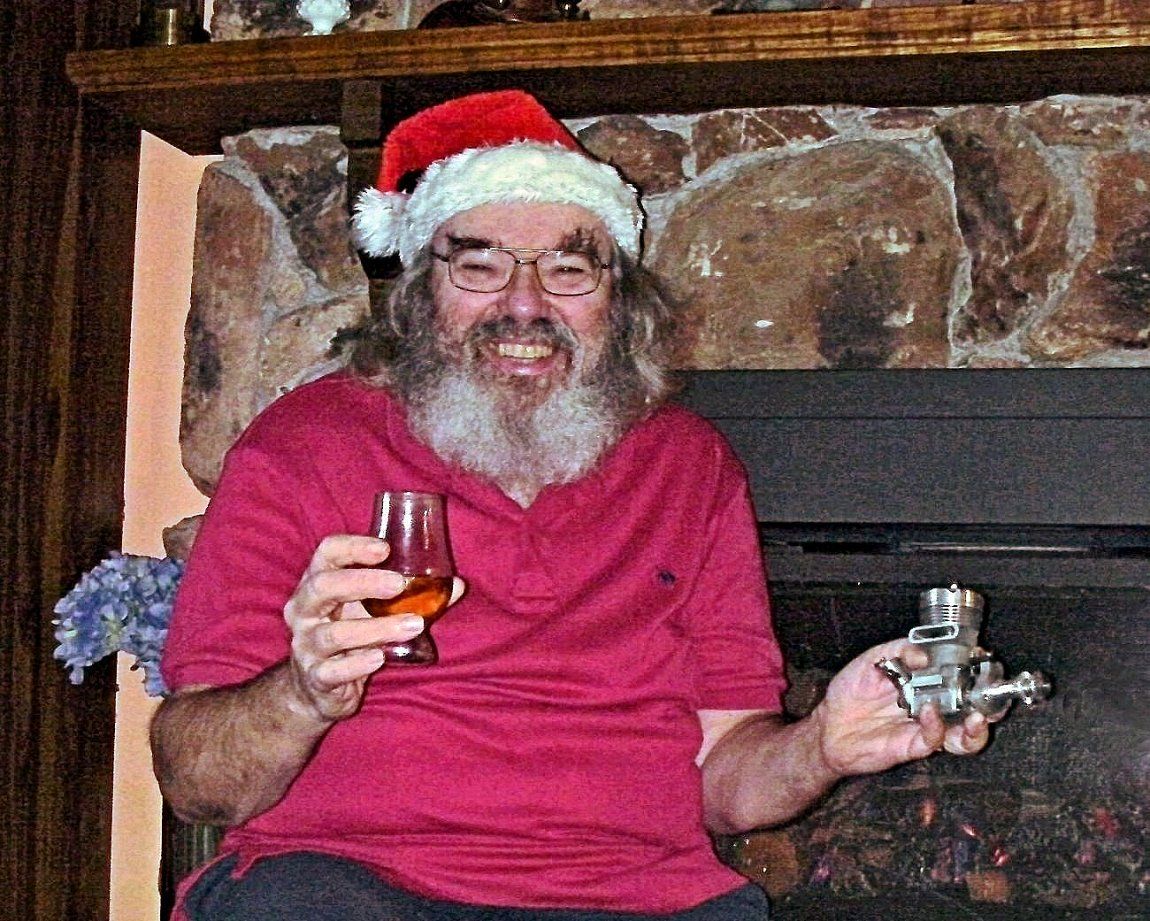 Season’s Greetings from Canada once again! Another year about to turn the corner - remarkably, we’ve made it this far through the maelstrom of global challenges which have beset us during 2022. Those challenges are by no means over, but at least we have the upcoming festive season in which to unwind a little and prepare ourselves for the next round in 2023. I hope that you manage to take full advantage of this opportunity!
Season’s Greetings from Canada once again! Another year about to turn the corner - remarkably, we’ve made it this far through the maelstrom of global challenges which have beset us during 2022. Those challenges are by no means over, but at least we have the upcoming festive season in which to unwind a little and prepare ourselves for the next round in 2023. I hope that you manage to take full advantage of this opportunity!  emergency to which there’s a total ongoing global failure to respond adequately (as confirmed at the recent climate change conference in Egypt) all contribute to the ongoing uncertainty.
emergency to which there’s a total ongoing global failure to respond adequately (as confirmed at the recent climate change conference in Egypt) all contribute to the ongoing uncertainty. 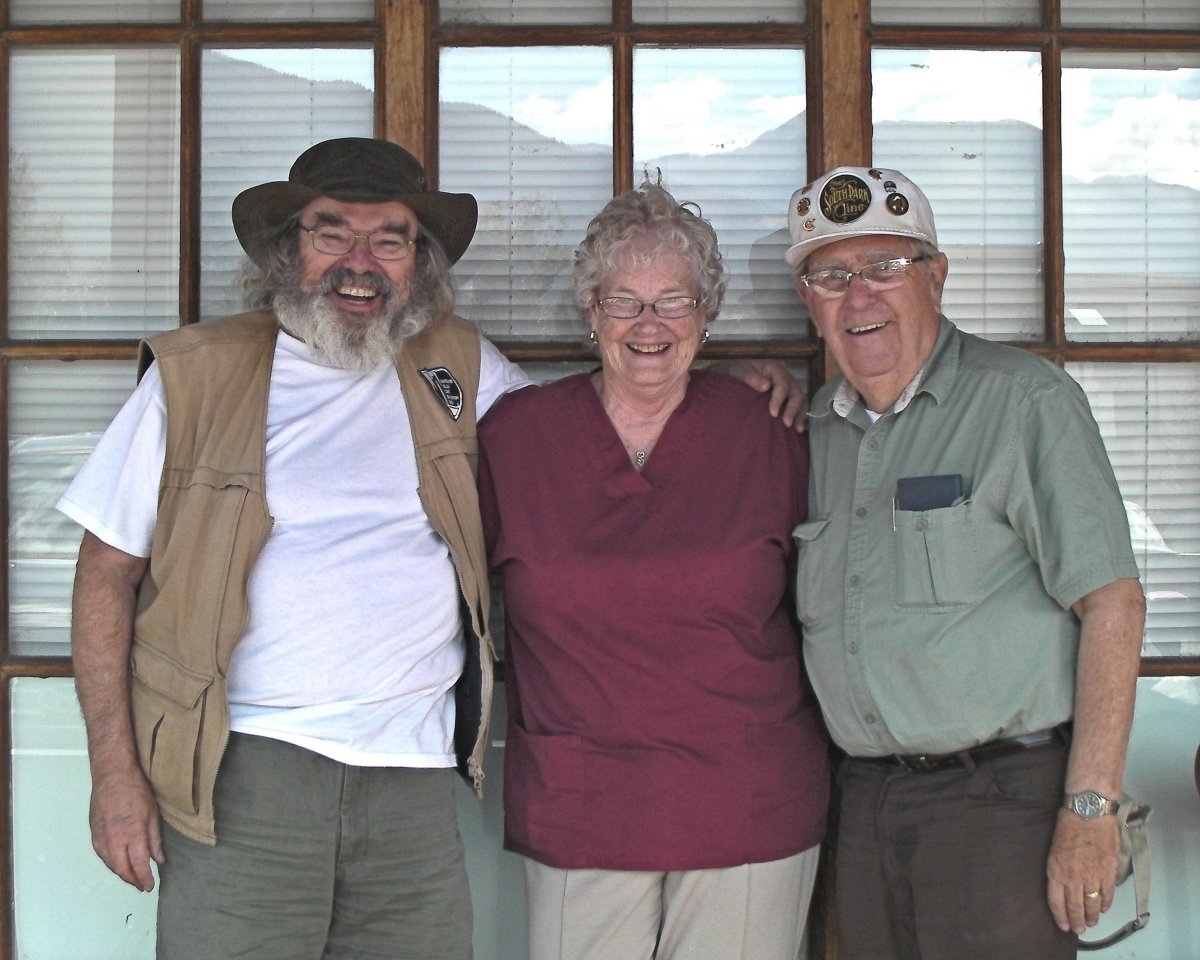 To begin my news reporting this month, I have an announcement that has enormous significance for me and a lot of old retreads of my generation. Sadly, I have to report that my long-standing friend and colleague Tim Dannels has finally decided to hang it up and cease publication of his invaluable “
To begin my news reporting this month, I have an announcement that has enormous significance for me and a lot of old retreads of my generation. Sadly, I have to report that my long-standing friend and colleague Tim Dannels has finally decided to hang it up and cease publication of his invaluable “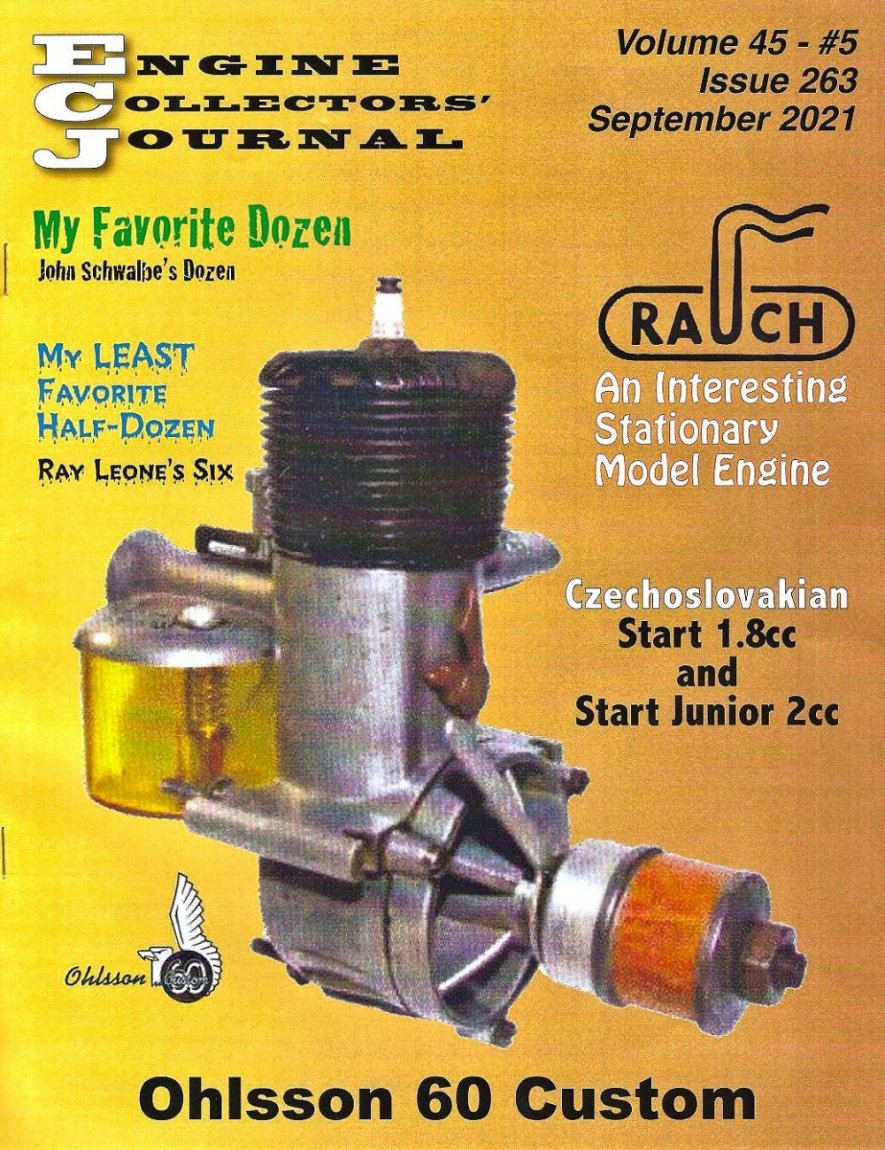 The first issue of ECJ was published way back in August 1963 when Tim was just a young pup of 27 years of age! The publication of that issue marked the re-activation of the
The first issue of ECJ was published way back in August 1963 when Tim was just a young pup of 27 years of age! The publication of that issue marked the re-activation of the 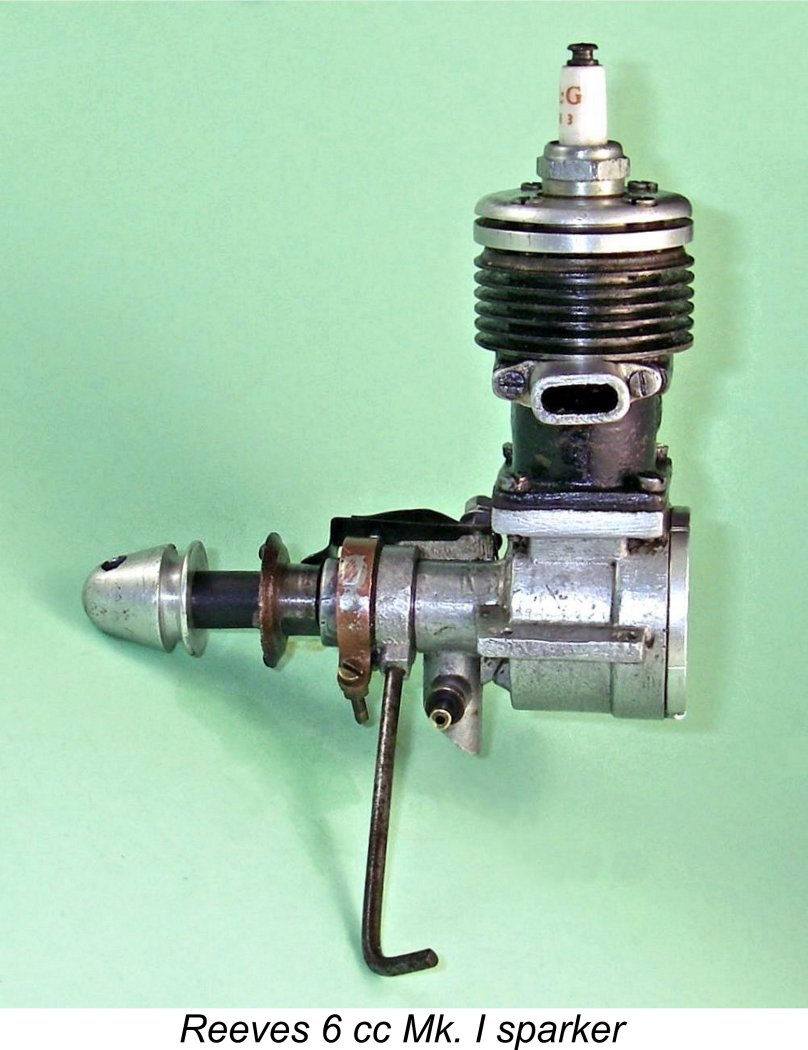 Turning now to happier matters, a recent addition to my collection was a fine example of the Mk. I Reeves 6 cc spark ignition model of 1946. Some of you may have read my earlier article on the
Turning now to happier matters, a recent addition to my collection was a fine example of the Mk. I Reeves 6 cc spark ignition model of 1946. Some of you may have read my earlier article on the 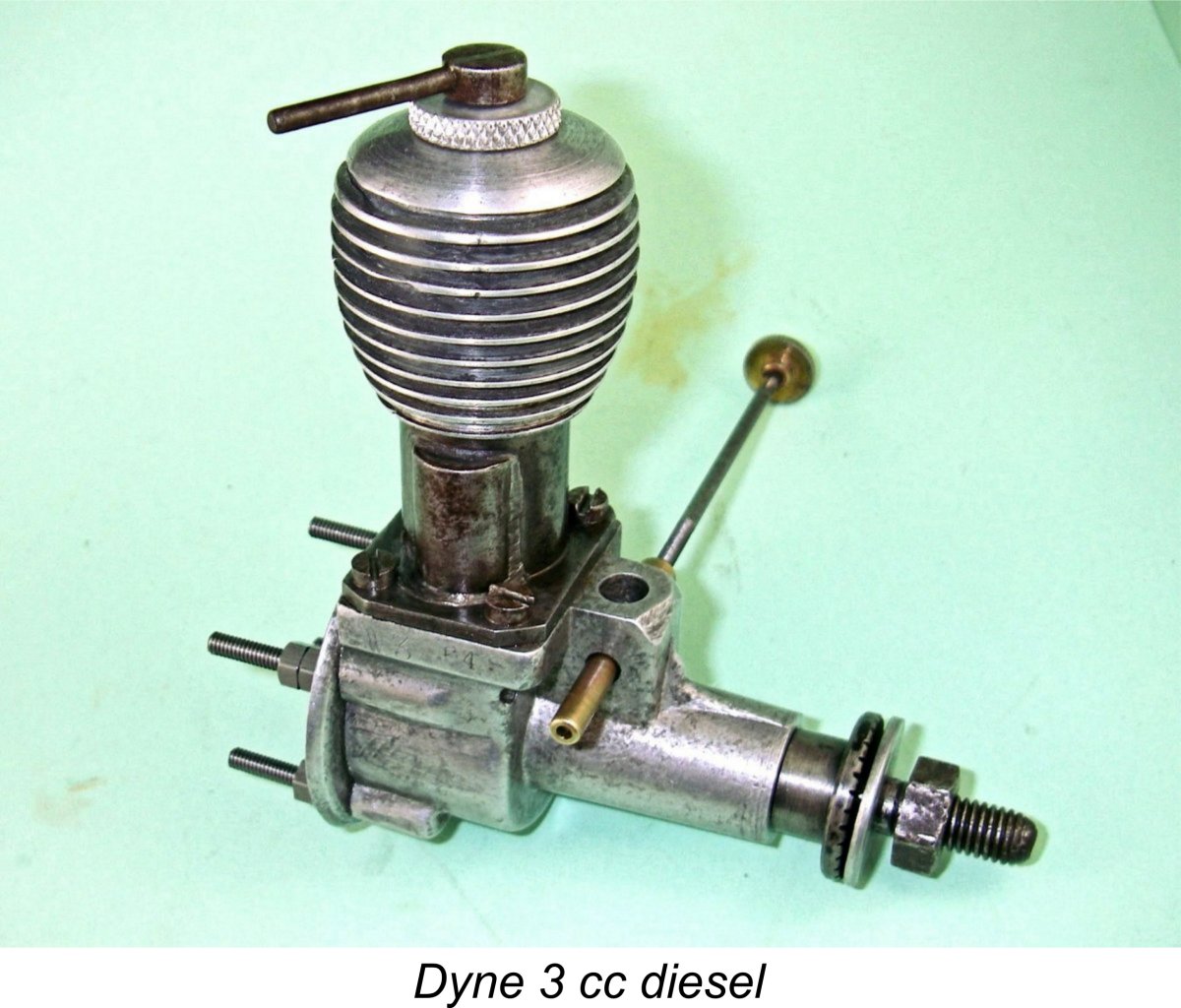
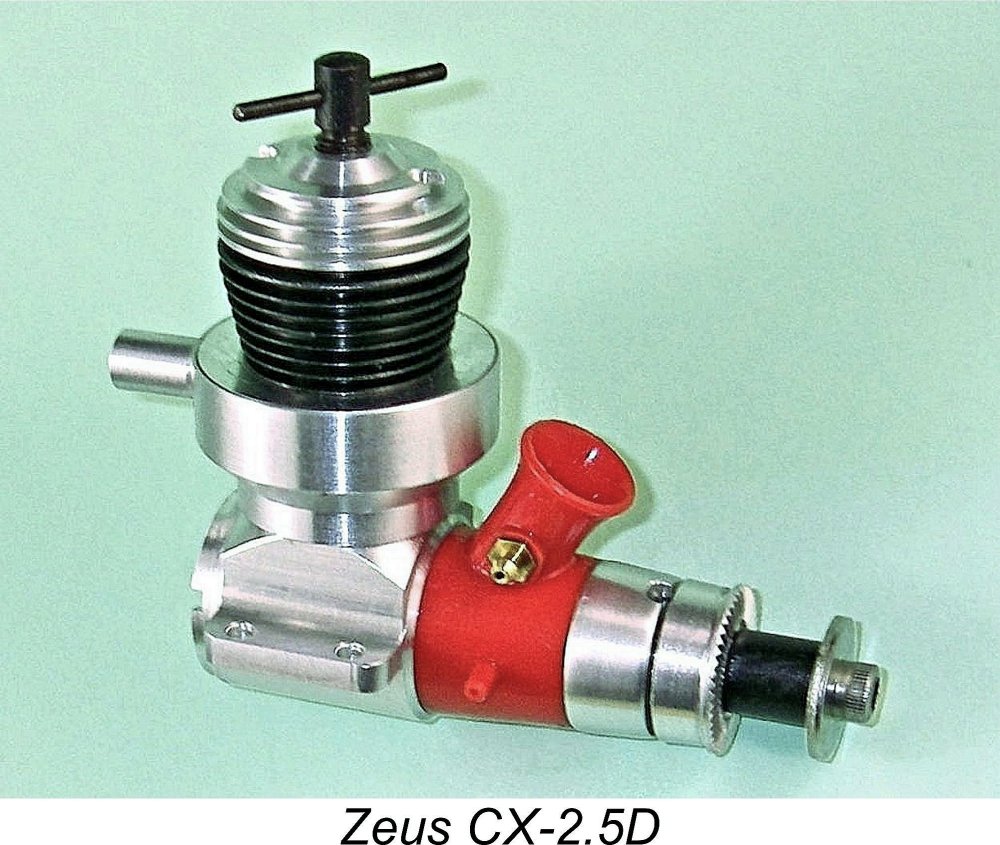 The Australian dieselized Medallion project apparently had its origins in the 1980’s in the form of discussions at the Doonside Model Aero Club, of which the late well-known Australian enthusiast Ivor F was President at the time. Ivor had somehow acquired a large stash of Cox engines and components, many of them customer rejects. He was tinkering with a planned 5-cylinder radial engine based upon Medallion 15 cylinders, going so far as to assemble a non-functional mock-up. He subsequently provided Ilya with a collection of Medallion 15 engines and components.
The Australian dieselized Medallion project apparently had its origins in the 1980’s in the form of discussions at the Doonside Model Aero Club, of which the late well-known Australian enthusiast Ivor F was President at the time. Ivor had somehow acquired a large stash of Cox engines and components, many of them customer rejects. He was tinkering with a planned 5-cylinder radial engine based upon Medallion 15 cylinders, going so far as to assemble a non-functional mock-up. He subsequently provided Ilya with a collection of Medallion 15 engines and components. 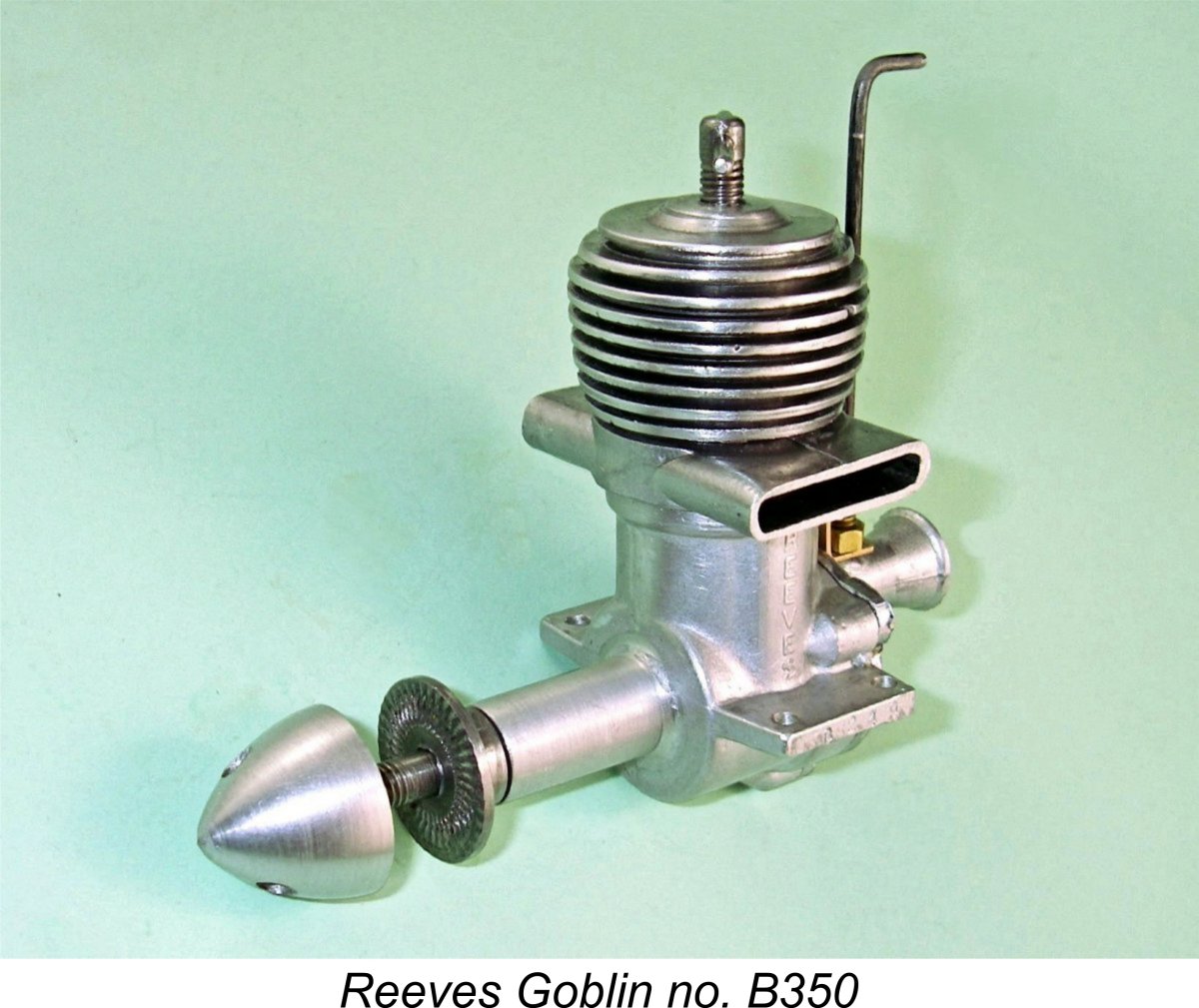 A recent check of Dean Clarke’s
A recent check of Dean Clarke’s  back in the day! Dean has also developed a crankshaft front rotary valve TBR unit somewhat more loosely based on the Goblin. Videos of all three variants running may be viewed at
back in the day! Dean has also developed a crankshaft front rotary valve TBR unit somewhat more loosely based on the Goblin. Videos of all three variants running may be viewed at 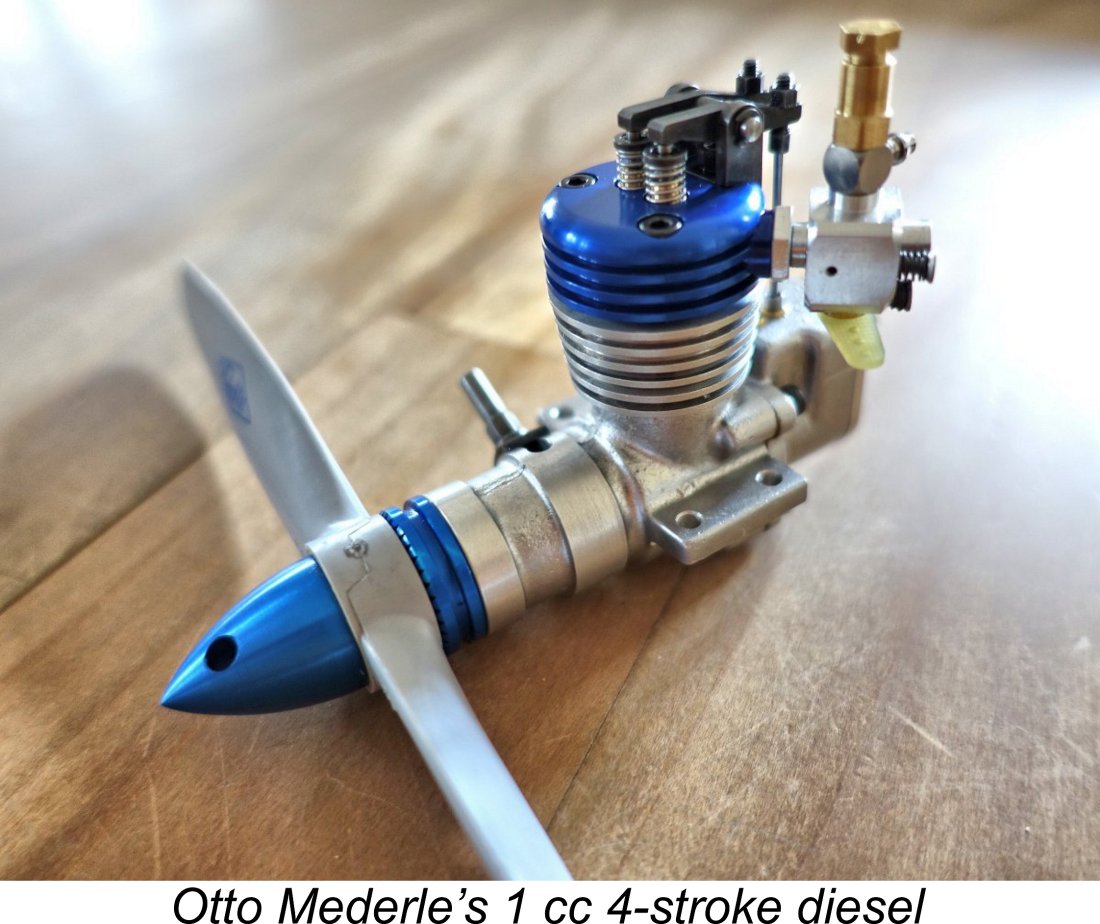 I was delighted to hear from reader Otto Mederle of Bayern, Germany, who sent along some details of the superb little one-off 4-stroke diesel which he created during a covid-related period of relative isolation. Otto was a keen aeromodeller during the 1970’s and got into engine building in the 1980’s. He subsequently moved into the field of vintage motorcycles (a subject dear to my own heart) before returning to model engine construction during the recent covid hiatus.
I was delighted to hear from reader Otto Mederle of Bayern, Germany, who sent along some details of the superb little one-off 4-stroke diesel which he created during a covid-related period of relative isolation. Otto was a keen aeromodeller during the 1970’s and got into engine building in the 1980’s. He subsequently moved into the field of vintage motorcycles (a subject dear to my own heart) before returning to model engine construction during the recent covid hiatus.  Reader Goran Milosavljevic read last month’s updated article on the
Reader Goran Milosavljevic read last month’s updated article on the 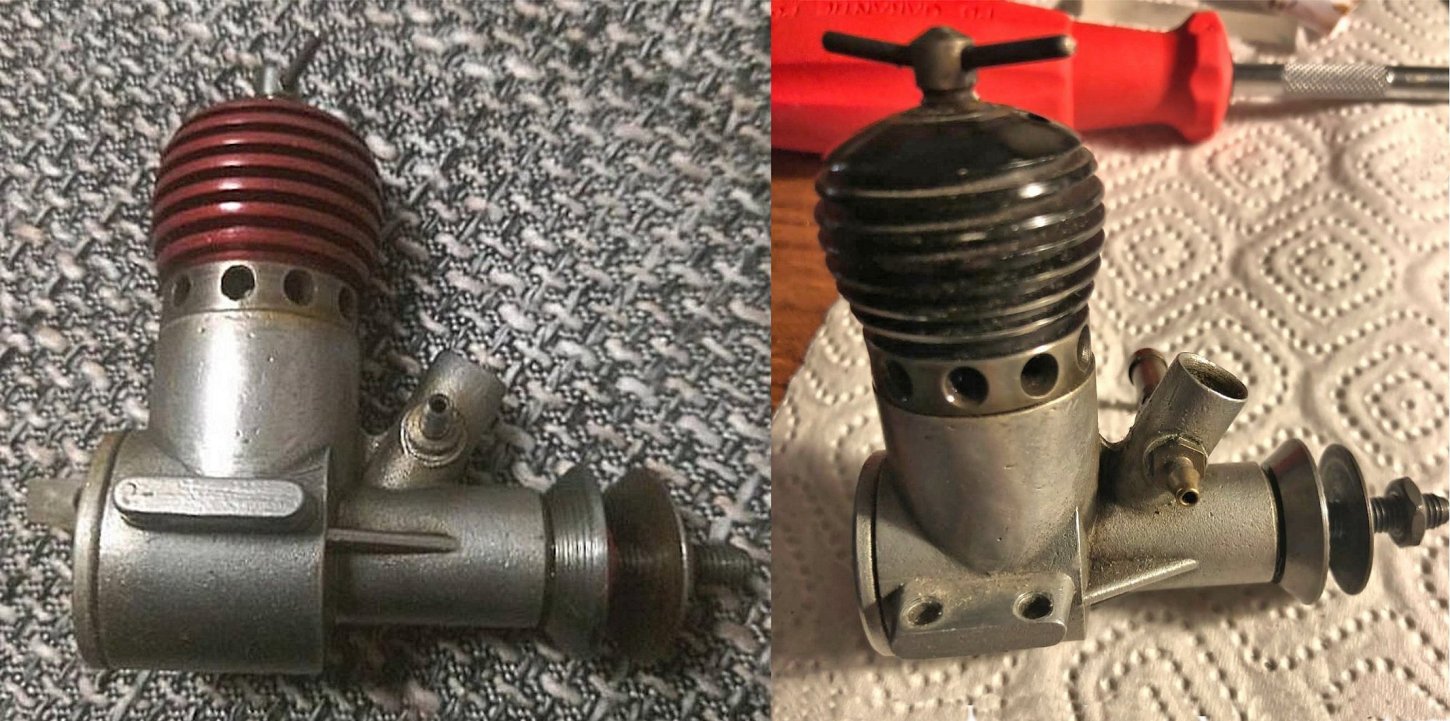
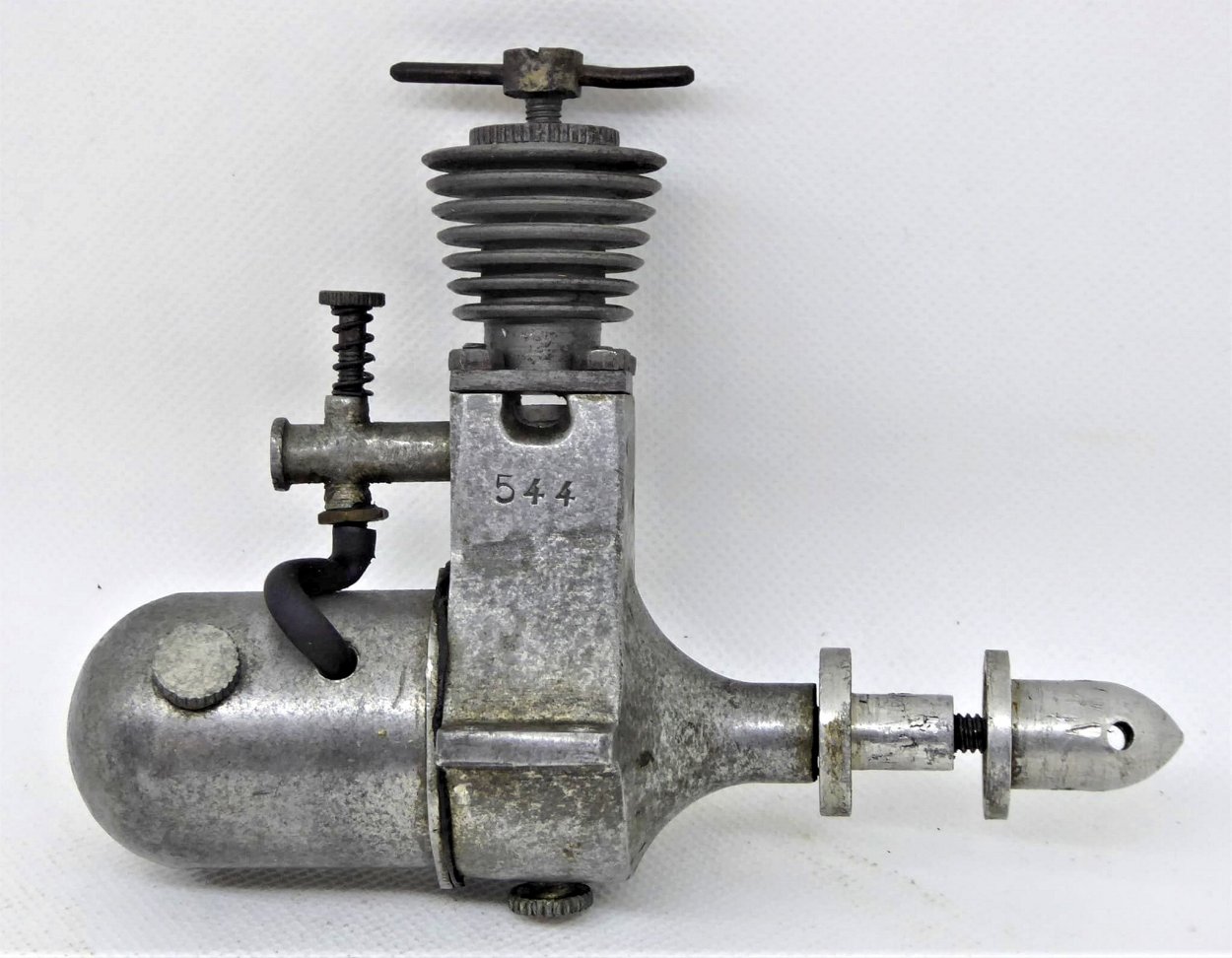 undocumented variants of the basic Metro design, but we’ve been unable to confirm this - they could be Metro-influenced engines produced by others. Can any reader shed any light on these engines?
undocumented variants of the basic Metro design, but we’ve been unable to confirm this - they could be Metro-influenced engines produced by others. Can any reader shed any light on these engines? 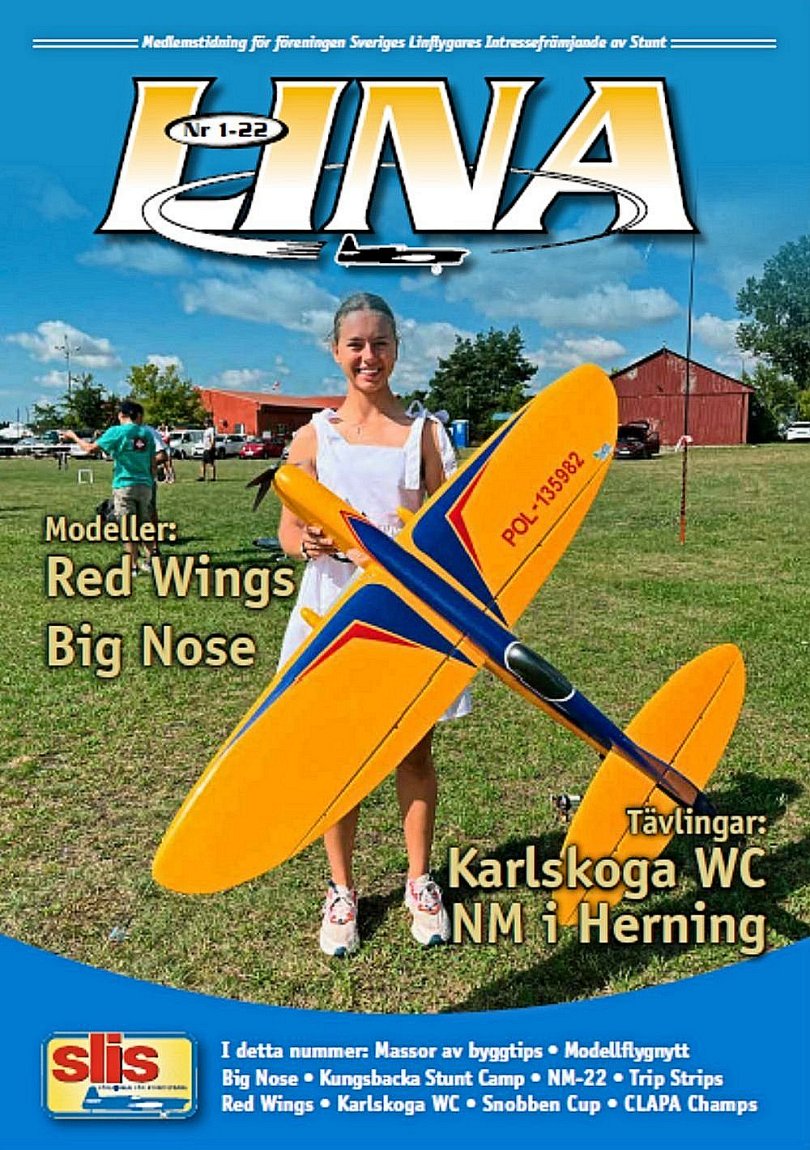 A welcome contact came from Ingemar Larsson of Sweden, who informed me that his friend and colleague Niklas Löfroth has finished compiling issue no. 1-22 of the outstanding magazine “
A welcome contact came from Ingemar Larsson of Sweden, who informed me that his friend and colleague Niklas Löfroth has finished compiling issue no. 1-22 of the outstanding magazine “
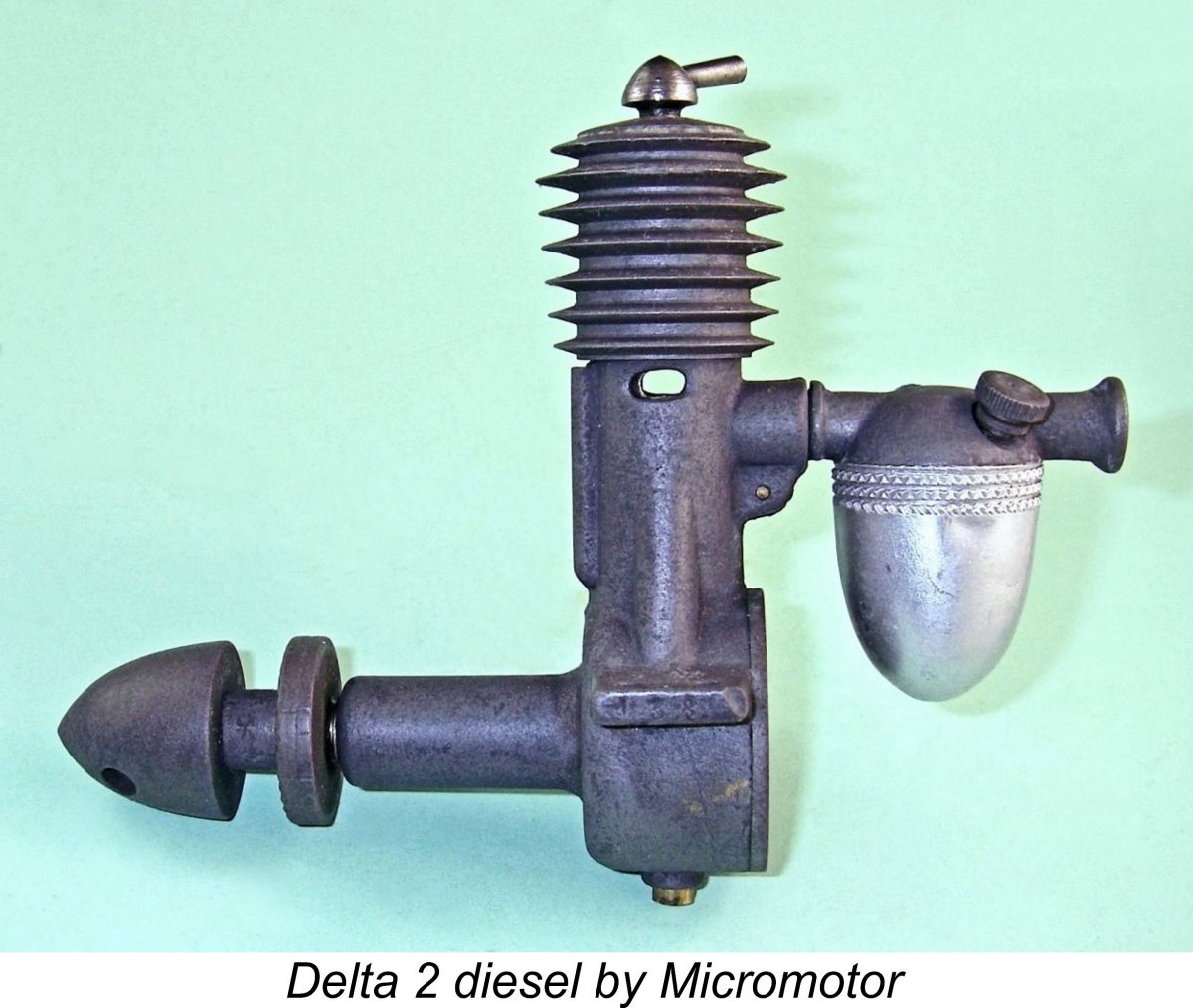 The all-new lead article for the month sees us return to Italy for the first time in a while to look at one of the pioneering diesels from that country - the
The all-new lead article for the month sees us return to Italy for the first time in a while to look at one of the pioneering diesels from that country - the 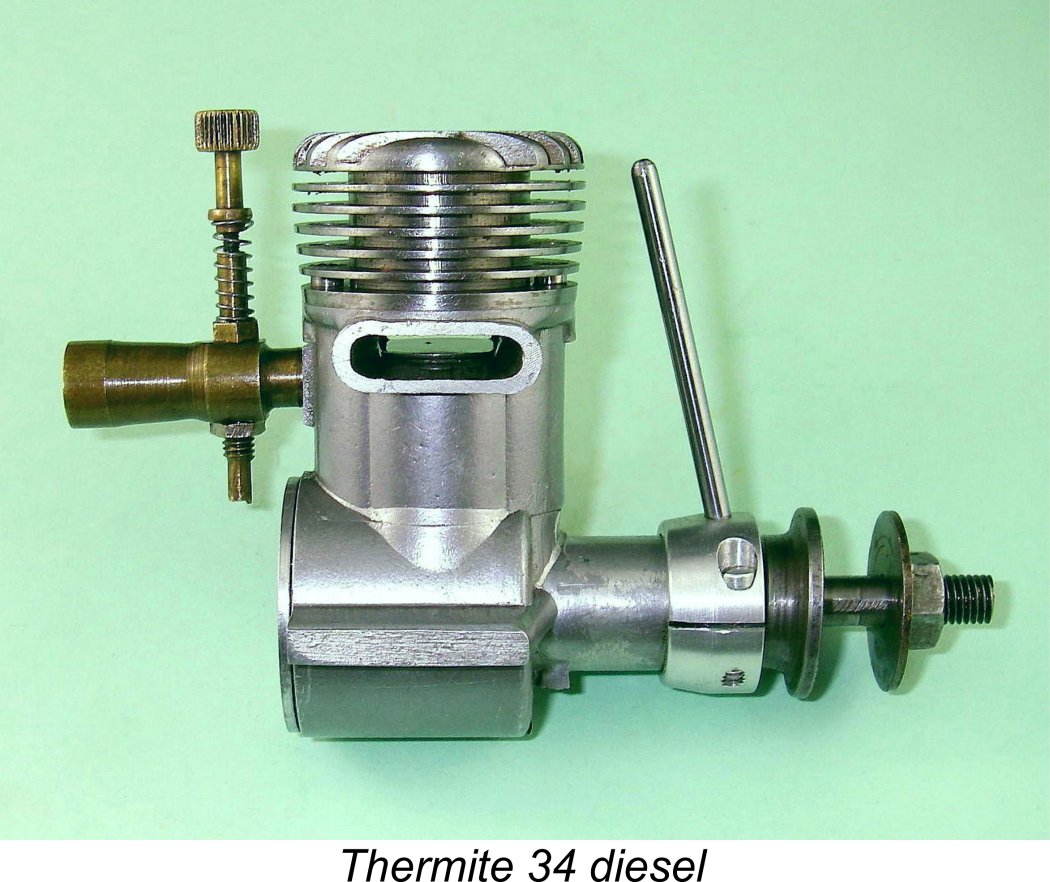 The MEN transfer article lays out the story of one of the forgotten American diesels of the early post-WW2 era - the
The MEN transfer article lays out the story of one of the forgotten American diesels of the early post-WW2 era - the  As promised, I’ve included a little extra reading material for the holiday season! First off, I’ve undertaken a review and test of the
As promised, I’ve included a little extra reading material for the holiday season! First off, I’ve undertaken a review and test of the  For next month, I plan to bring in the New Year with a return visit to America to take a close-up look at what many may see as one of the more mundane and hence inconsequential products of the US model engine manufacturing industry - the humble little McCoy “9” glow-plug model of 1949 - 1956. This unpretentious little .098 cuin. unit may appear to be unworthy of my attentions, but in fact it’s a far more significant motor than most people realize. The fact that it’s one of Tim Dannels’ favourite engines should tell you something …………..
For next month, I plan to bring in the New Year with a return visit to America to take a close-up look at what many may see as one of the more mundane and hence inconsequential products of the US model engine manufacturing industry - the humble little McCoy “9” glow-plug model of 1949 - 1956. This unpretentious little .098 cuin. unit may appear to be unworthy of my attentions, but in fact it’s a far more significant motor than most people realize. The fact that it’s one of Tim Dannels’ favourite engines should tell you something …………..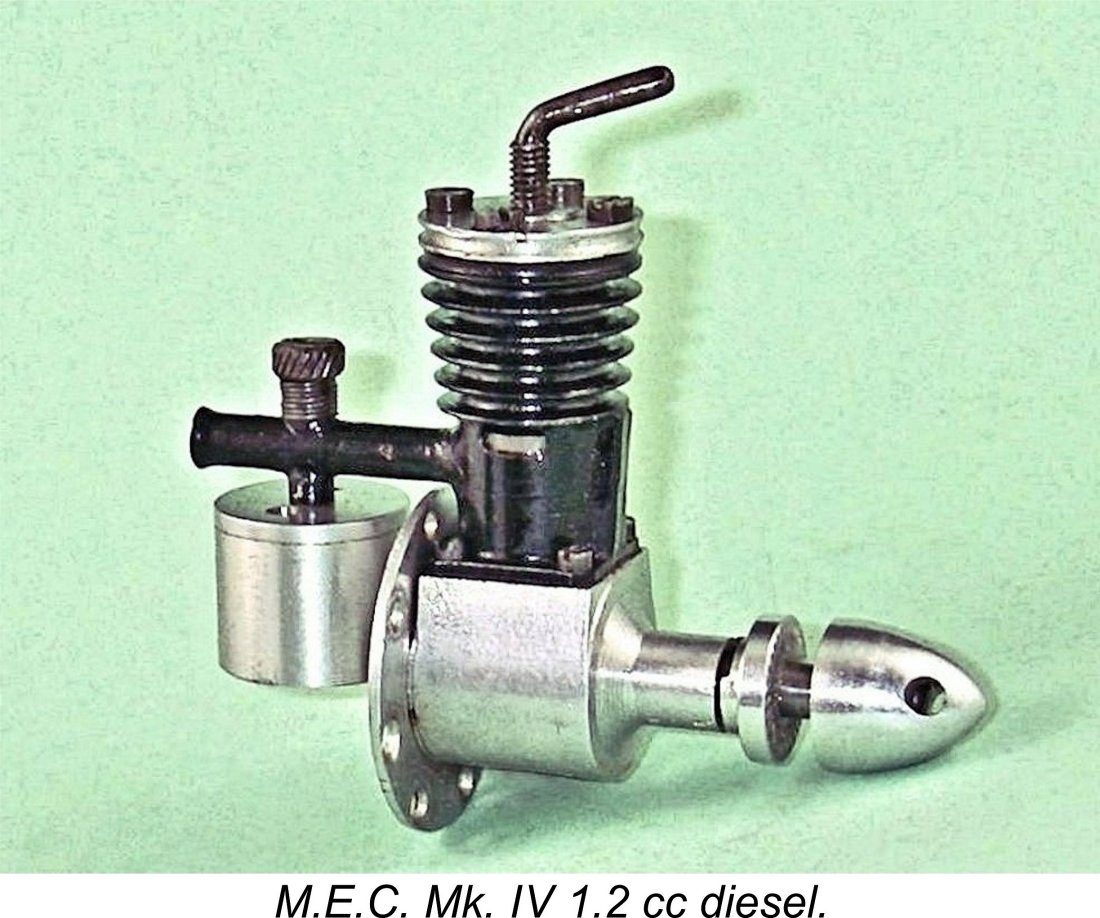 The MEN transfer article for the month will be a re-mounting of my original article on the M.E.C. 1.2 cc diesel from North London, England which originally appeared on MEN in August 2010. I’ve been able to add a little extra information to this article, besides which it needs to be protected against potential loss as the frozen MEN website slowly deteriorates due to the lack of any opportunity to carry out maintenance activities. I think that it’s a story which is well worth preserving - hope you agree!
The MEN transfer article for the month will be a re-mounting of my original article on the M.E.C. 1.2 cc diesel from North London, England which originally appeared on MEN in August 2010. I’ve been able to add a little extra information to this article, besides which it needs to be protected against potential loss as the frozen MEN website slowly deteriorates due to the lack of any opportunity to carry out maintenance activities. I think that it’s a story which is well worth preserving - hope you agree!